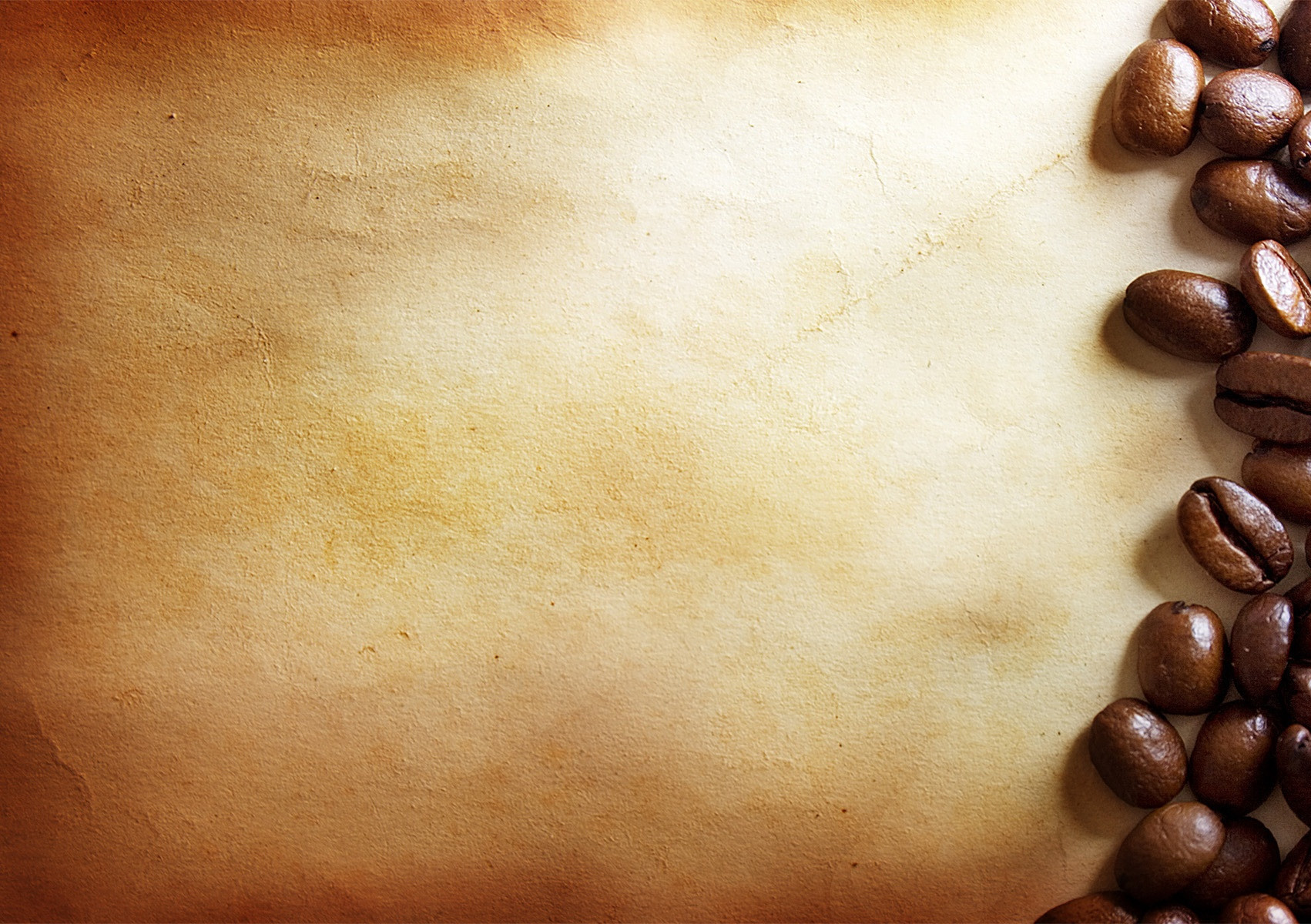|
Angelo Moriondo’s Italian patent for a steam-driven "instantaneous" coffee beverage making device, which was registered in Turin in 1884 (No. 33/256), is notable. Author Ian Bersten, whose history of coffee brewers is cited below, claims to have been the first to discover Moriondo’s patent.[14] Bersten describes the device as “… almost certainly the first Italian bar machine that controlled the supply of steam and water separately through the coffee” and Moriondo as “... certainly one of the earliest discoverers of the expresso [sic] machine, if not the earliest.” Unlike true espresso machines, it was a bulk brewer, and did not brew coffee “expressly” for the individual customer. Seventeen years later, in 1901, Luigi Bezzera, from Milan, came up with a number of improvements to the espresso machine. He patented a number of these, the first of which was applied for on the 19th of December 1901. It was titled “Innovations in the machinery to prepare and immediately serve coffee beverage” (Patent No. 153/94, 61707, granted on the 5th of June 1902). In 1905, the patent was bought by Desiderio Pavoni, who founded the “La Pavoni” company and began to produce the machine industrially (one a day) in a small workshop in Via Parini in Milan. The popularity of espresso developed in various ways; a detailed discussion of the spread of espresso is given in (Morris 2007), which is a source of various statements below. In Italy, the rise of espresso consumption was associated with urbanization, espresso bars providing a place for socializing. Further, coffee prices were controlled by local authorities, provided the coffee was consumed standing up, encouraging the "stand at a bar" culture. In the English-speaking world, espresso became popular, particularly in the form of cappuccino, due to the tradition of drinking coffee with milk and the exotic appeal of the foam; in the United States, this was more often in the form of lattes, with or without flavored syrups added. The latte is claimed to have been invented in the 1950s by Italian American Lino Meiorin of Caffe Mediterraneum in Berkeley, California, as a long cappuccino, and was then popularized in Seattle,[15] and then nationally and internationally by Seattle-based Starbucks in the late 1980s and 1990s. In the United Kingdom, espresso grew in popularity among youth in the 1950s, who felt more welcome in the coffee shops than in public houses (pubs). Espresso was initially popular, particularly within the Italian diaspora, growing in popularity with tourism to Italy exposing others to espresso, as developed by Eiscafès established by Italians in Germany. Initially, expatriate Italian espresso bars were downmarket venues, serving the working class Italian diaspora – and thus providing appeal to the alternative subculture / counterculture; this can still be seen in the United States in Italian American neighborhoods, such as Boston's North End, New York's Little Italy, and San Francisco's North Beach. As specialty coffee developed in the 1980s (following earlier developments in the 1970s and even 1960s), an indigenous artisanal coffee culture developed, with espresso instead positioned as an upmarket drink. |


